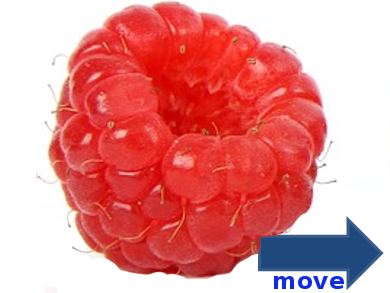Micromotors, particles that move in response to chemical or electrical stimuli, have been used to clean up pollutants, transport other particles, or act as sensing devices.
Bin Dong and colleagues, Soochow University, Jiangsu, China, created micromotors that act as programmable logic circuits. The 13-micron particles contain the enzyme catalase and conductive polypyrrole nanoparticles suspended in gelatin and paraffin. The polypyrrole nanoparticles form bumpy protrusions that give the micromotors a raspberry shape. The catalase component decomposes hydrogen peroxide to form oxygen bubbles, which propel the irregularly-shaped micromotors in random directions through an aqueous solution.
Catalase is most active at pH 7. It can be temporarily deactivated with ammonia and then restarted with HCl gas. Near-IR light can be used to steer the nanomotors, triggering a photothermal response from the polypyrrole nanoparticles and driving the micromotors away from the light source. Ammonia deprotonates the polypyrrole, dampening the photothermal effect, and treatment with HCl reactivates the nanoparticles. Various combinations of hydrogen peroxide, light, and ammonia start and stop the micromotors, creating the AND, OR, and NOT logic operations.
- Reprogrammable Logic Gate and Logic Circuit Based on Multistimuli-Responsive Raspberry-like Micromotors,
Lina Zhang, Hui Zhang, Mei Liu, Bin Dong,
ACS Appl. Mater. Interfaces 2016.
DOI: 10.1021/acsami.6b04674




